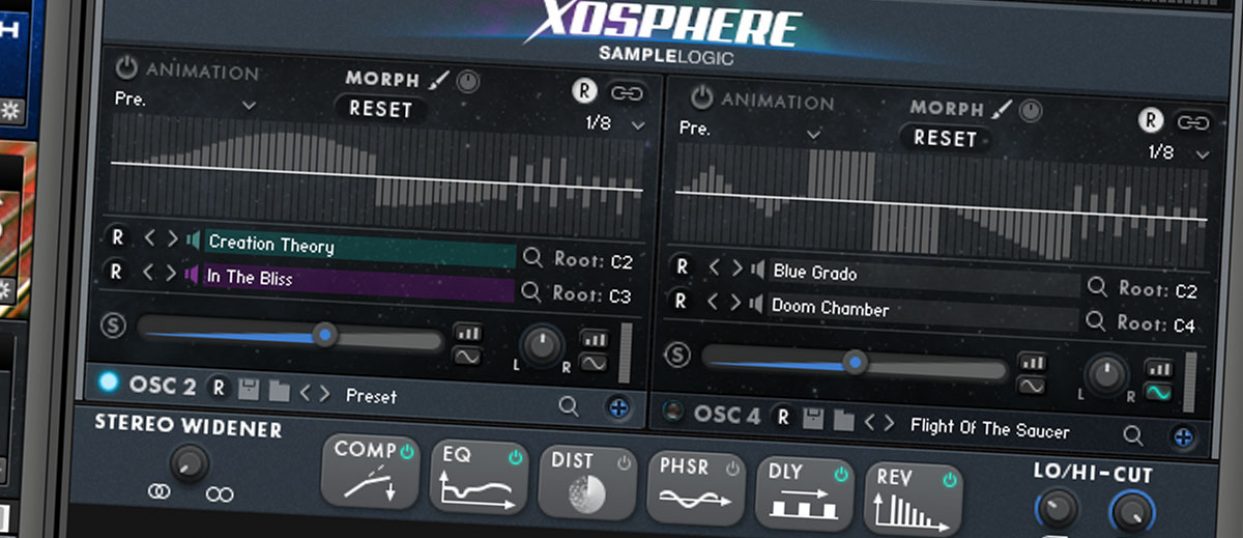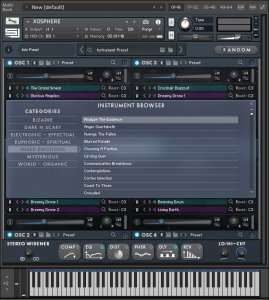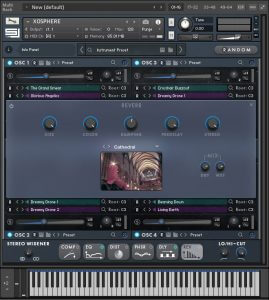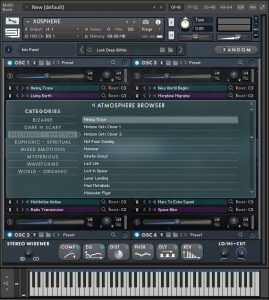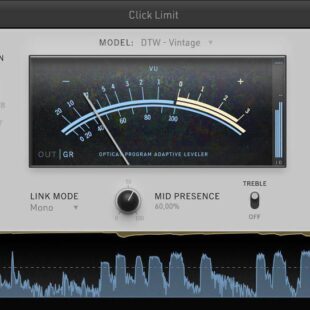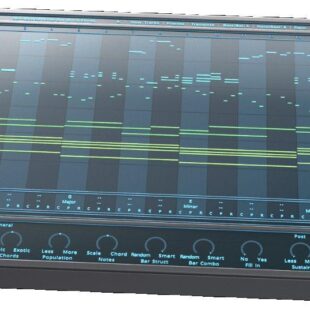Sample Logic Xosphere – Weird meets Crazy
Joe Trupiano and the developers at Sample Logic will never be accused of creating lacklustre products. Xosphere is one of the most exciting and addictive virtual instruments we’ve come across since….well, our last Sample Logic review – Cinematic Keys.
Yet another Kontakt-based sample library contributing to a now vast number of choices you have available to you with this prolific platform. Xosphere squarely sits in the ‘out there’ department, not only from a sonic perspective, but the entire interface and workflow is unique to Sample Logic, and something you’ll either loathe or love.
To call Xosphere a monster is a little understated. It’s a totally creative and experimental environment that rewards the temptation to simply randomly push buttons and turn knobs to see what happens. You will no doubt become familiar with certain sounds and textures that you will call favourites, and possibly use them often as building blocks for new creations – but this is not an instrument to load up with preconceived ideas. No matter what you think you want ends up being totally different, mostly for the better.
Xosphere loads into Kontakt as a single multi, so just the single instrument option to load that contains all the presets and sounds. This initially takes some time, perhaps 30 seconds, but once loaded all further patches load pretty much instantaneously.
THE RED PILL OR THE BLUE PILL?
When you first open Xosphere it looks very complicated, however, it becomes a little simpler once you get your head around the interface. You are offered four separate zones at each corner of the screen (called ‘Morph Module Oscillators’, but that’s too much of a mouthful so we’ll call them ‘zones’), with a centre area for configuring global effects. Each zones is the same, only inverted which is a little weird to get the hang of.
So let’s talk about one of the zones, as they all operate in the same manner. There are two sample file loaders, one green and the other purple. You choose one of 350 sounds you want to work with to load, below which is a large morph knob that allows you to balance the levels of each loaded file.
Easy so far, and that’s pretty much all you need to get rolling with some pretty cool pad sounds right off the bat.
There are some pretty basic controls along the top (or bottom depending on which zone you’re looking at) – a solo button, volume fader, pan control and two options to animate the pan (Pan FX Animator and old school LFO). Under that is the file loading section with the option to set the root note pitch.
Then you come to the morph section which is where all the crazy starts. If you click the little dial next to the word morph you can swap between dial mode and the graphic animator mode. This is where you set up the movement between the two sample files loaded – green is up, purple down. You either draw freestyle or choose one of the preset templates on the left-hand side. There is an option to change the timing which flips everything on its head when you’re running more than one zone.
There’s also a handy-dandy link icon that allows all your edits to affect any other zones that have the link button on as well. Basically, anything ‘linked’ will be affected in the same way, clever.
Almost hidden also is a little ‘+’ at the top of each zone that opens up further editing possibilities including ADSR, reverb, pitch and filters.
GETTING WACKY
That’s about it really, not too scary and fairly simple to get into once you play with the animator a little. Where the real fun begins is once you notice these little ‘R’ buttons scattered around the place. ‘R’ = Random.
How it works is you choose the elements of your creation you want to randomise by engaging the ‘R’ buttons, and then hit the large Random button at the top of the screen – and everything goes mad. It’s a brilliant system for creating totally new sounds, but very heavy-handed and a shame you can’t dial the amount of randomness applied. As always though, totally aimed at creating brand-new sounds and textures.
Included are some basic effects at the bottom of the instrument – comp, EQ, distortion, Phaser, delay and reverb. A stereo widener and hi/low pass filters. All useful stuff.
Conclusions
Easy, amazing results from doing pretty much anything. You literally cannot create a bad sound with Xosphere – as long as you’re into atmospheric-style pads. Even though this is a single instrument, you can actually load multiple instances and save them as a multi, presuming your PC can handle it, there are simply no limitations on how far you can go. I’m constantly amazed by anything Sample Logic creates, and Xosphere is no exception. Due to the nature of this instrument, you may spend more time than you’d like experimenting, and if all you’re after is a simple pad sound, this would be the wrong library to use.
This will certainly appeal to sound designers, film and TV score composers and maybe the odd avant-garde musician, electronica and pop band – Xosphere certainly is another demonstration of the seemingly limitless boundaries of the Kontakt platform. As with all Sample Logic products, we highly recommend you give this a go – just don’t expect to leave the studio for many, many hours of playing.
Test Machine Specs
Core i7 920 12gig RAM. Library installed on secondary 7200 drive.
Windows8, 64bit.
Tascam DM4800 interface (ASIO drivers).
Yamaha MOTIF and Akai MPD218 controllers.
Alesis M1 Active Mk2
Aventone Mixcubes
Shure SRH940 monitors

